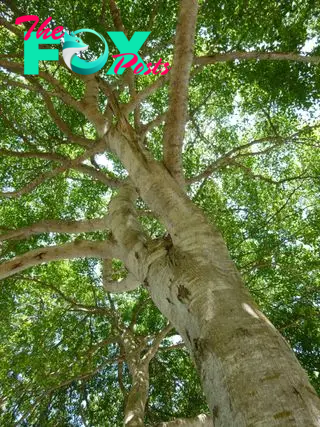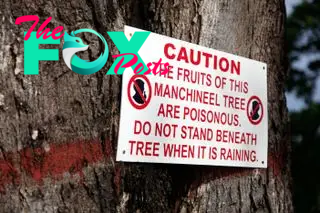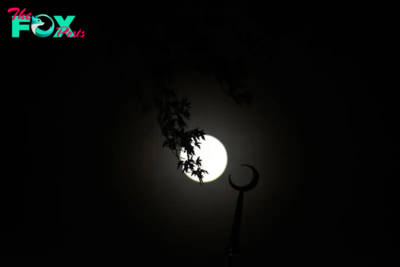Science
3 remarkable trees: A living fossil, a deadly canopy, and the world's biggest seeds that were once mounted in gold by royals
Earth is home to 3 trillion trees, with around 73,000 species recognized — and thousands more yet to be discovered. In this adapted extract from "Remarkable Trees" (Thames and Hudson Ltd, 2024), authors Christina Harrison and Tony Kirkham look at three truly astonishing species, including one that can burn and blind humans who touch its sap.
Manchineel
Hippomane mancinella

A member of the spurge family (Euphorbiaceae), this species actually holds the record as the world's most dangerous tree. The milky sap of the manchineel, which drips from any wounds in its trunk or branches, as with other spurges, contains strong irritants. It is so caustic that on contact with the skin, the sap will immediately cause blistering and burns, and can produce temporary blindness if it gets in the eyes. Even standing under this tree in the rain is dangerous, as drops contaminated by the sap can have the same effects.
Native to the tropical areas of southern North America (including Florida), the Caribbean, Central America and northern South America, this evergreen tree grows up to 50 feet (15 meters) tall. It is found along beaches and coastlines, where its roots help prevent erosion. The fruits resemble small green apples, but they are also highly toxic and the tree has many sinister common names including the Spanish arbol de la muerte or manzanilla de la muerte — tree or apple of death.

Said to taste quite sweet, the fruit's flesh, if eaten, soon results in severe burning and ulceration of the mouth and throat, leading to excruciating pain. As all parts of the manchineel are toxic, local people will sometimes mark the trunk of a tree with a red X or a sign to warn of its presence. The wood is used, with care, in the making of furniture, but even burning it is dangerous as the smoke from the fire can still give rise to serious eye problems.

Encounters with this species are mentioned by several famous explorers. The 18th-century naturalist Mark Catesby recorded the agonies he suffered after the juice of the tree got into his eyes, and that he was "two days totally deprived of sight." Manchineel's notorious reputation has even spread into literature — references are found in "Madame Bovary" and "The Swiss Family Robinson," among others, while it also appears in operas, including Giacomo Meyerbeer's "L'Africaine," where it is chosen as a means of suicide by the heroine Sélika.
Wollemi pine
Wollemia nobilis
-

 Science5h ago
Science5h agoHow to See the ‘Beaver’ Supermoon—the last of 2024
-

 Science5d ago
Science5d agoInside Capitol Hill’s Latest UFO Hearings
-

 Science5d ago
Science5d agoYou Won’t Want to Miss the Leonid Meteor Shower. Here’s How and When You Can See It
-

 Science6d ago
Science6d agoHere’s What Trump’s Win Means for NASA
-

 Science1w ago
Science1w agoWhy Risky Wildfire Zones Have Been Increasing Around the World
-

 Science1w ago
Science1w agoIt’s Time to Redefine What a Megafire Is in the Climate Change Era
-

 Science1w ago
Science1w ago4 Astronauts Return to Earth After Being Delayed by Boeing’s Capsule Trouble and Hurricane Milton
-

 Science1w ago
Science1w agoThe Elegance and Awkwardness of NASA’s New Moon Suit, Designed by Axiom and Prada



























